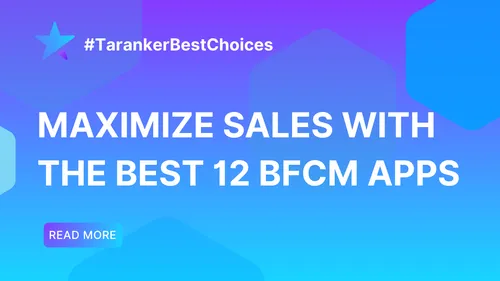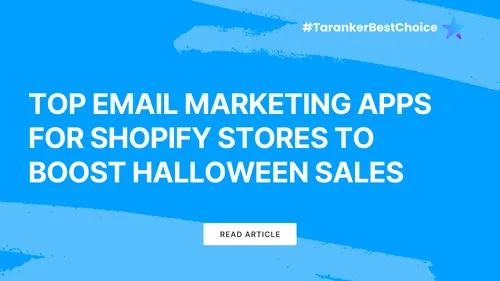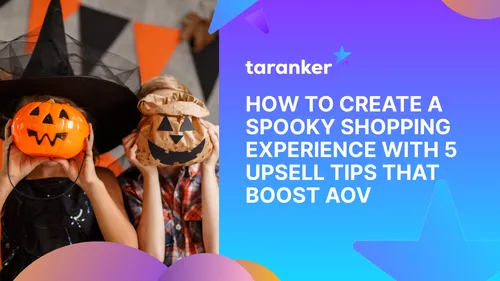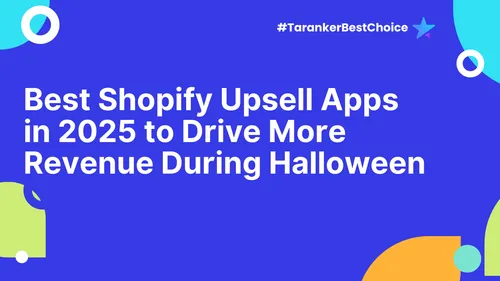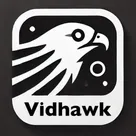Short-form video content has rapidly become a dominant force in digital marketing and social media engagement. As businesses and creators navigate this evolving landscape, the challenge lies in choosing the most effective platform to focus their efforts. In this analysis, we dive into Instagram Reels, TikTok, and YouTube Shorts, evaluating their unique features, advantages, and audience reach.
Instagram Reels offers a seamless integration within an already robust social media platform, appealing to brands looking to leverage influencer collaborations and aesthetic-driven content. Meanwhile, TikTok's viral potential and dynamic algorithm provide an unparalleled opportunity for creativity and audience interaction that captivates Gen Z and younger millennials. On the other hand, YouTube Shorts taps into the giant's vast ecosystem, offering creators the benefit of monetization models and an extensive viewer base familiar with both long-form and short-form content.
Whether you're a business aiming to enhance brand awareness, a budding creator looking to gain a following, or a seasoned influencer exploring new opportunities, understanding the strengths of each platform can guide your strategy. Through this post, we'll unlock insights and provide clarity to help you make an informed decision, ensuring your efforts are directed towards the platform that aligns with your goals and audience expectations.
Understanding the Platforms: Reels, TikTok, and YouTube Shorts
To effectively navigate the ever-evolving landscape of social media video platforms, it's crucial to understand the core functionalities and distinct characteristics of each option: Instagram Reels, TikTok, and YouTube Shorts. Each platform offers unique features that cater to different audiences and content strategies.
- Instagram Reels: Seamlessly integrates with the comprehensive Instagram ecosystem, allowing for easy sharing and audience engagement within an established user base.
- TikTok: Known for its powerful algorithm that promotes discovery and the creation of viral content, making it a prime choice for trendsetters and content creators aiming for rapid growth.
- YouTube Shorts: Leverages existing YouTube long-form content and audience, providing a synergistic approach for creators already invested in YouTube's platform.
By grasping these platform-specific nuances, you can tailor your content strategy to maximize reach and engagement, building strong connections with your target audience.
Audience Demographics and Engagement Levels
Understanding the audience demographics and engagement levels on Reels, TikTok, and YouTube Shorts can significantly inform your content strategy. Recent surveys and studies have revealed distinct patterns across these platforms:
- TikTok: Dominated by Gen Z, this platform boasts high engagement rates, with users averaging more time on TikTok than on its competitors. It's particularly impactful for content aimed at the younger demographic.
- Reels: Appeals to a slightly older audience, frequently drawing in Millennials alongside Gen Z. Engagement is strong, especially among existing Instagram users who incorporate Reels into their browsing routines.
- YouTube Shorts: Popular across a diverse age group, from Gen Z to older Millennials, YouTube Shorts benefits from YouTube's vast user base, offering creators substantial exposure opportunities.
By aligning your content with the platform that best suits your target demographics, you can maximize reach and engagement.
Content Creation and Virality Potential
In the realm of short-form video content, choosing the right platform is essential for any budding content creator. Social media giants like Reels, TikTok, and YouTube Shorts each offer unique features that can help your videos thrive. Let's explore how these platforms cater to content creators and enhance the potential for virality.
- Video Editing Tools: All three platforms provide various tools to enhance video quality and creativity. From filters to music overlays, the level of complexity and the ease of use play a pivotal role in shaping the final content.
- Virality Chances: Understanding what type of content tends to catch fire on each platform is crucial. TikTok is known for its dance challenges, while Reels often sees creative storytelling. YouTube Shorts, on the other hand, thrives on concise how-to guides and tips.
By mastering these tools and adapting to platform-specific trends, creators can significantly boost their chances of video virality and audience engagement.
Monetization Opportunities
- Brand Collaborations: Each platform offers unique collaboration opportunities. Instagram Reels is popular with brands due to its integration with established influencer campaigns. TikTok has a vibrant ecosystem with brands frequently tapping into viral trends for authentic engagement, and its Creator Marketplace facilitates seamless partnerships. YouTube Shorts, tied closely to traditional YouTube, benefits from YouTube's strong brand association and established partnerships.
- Ad Revenues: YouTube Shorts stands out with its integration into YouTube’s monetization system, where creators can earn through AdSense once certain thresholds are met. TikTok, though less traditional, offers revenue through in-stream ads. Reels currently have limited direct ad revenue options but can benefit from broader Instagram ad strategies.
- Special Creator Funds: TikTok's Creator Fund provides financial incentives to creators based on views, although competition is stiff. YouTube Shorts Fund similarly rewards creators, focusing on production quality over sheer numbers. Instagram lacks a direct fund but encourages robust visibility for cross-platform monetization.
Each platform presents unique monetization opportunities, and creators should consider their audience base and content style to capitalize on these revenue streams.
SEO and Discoverability Features
- Reels: Instagram's Reels leverages hashtags and trending sounds for discoverability, aided by its association with Instagram's broad user base. The algorithm prioritizes engagement, making it essential for creators to craft highly engaging content.
- TikTok: As a pioneer in short-form content, TikTok excels in discoverability through a robust algorithm that uses hashtags, trends, and sound bytes to push content to a wide audience. Viral challenges often lead to significant increases in visibility.
- YouTube Shorts: Shorts benefit from YouTube's well-developed search capabilities, though its algorithm is still evolving compared to TikTok and Reels. Consistent uploads and leveraging popular music tracks can enhance visibility and reach.
The best approach for creators looking to maximize reach is to understand each platform's unique discoverability features and tailor content accordingly. Consider your target audience and where they are most active to determine the most effective platform strategy.
Strategic Considerations and Case Studies
When deciding where to focus your video content efforts, consider strategic factors like:
- Target Audience Alignment: Each platform attracts different demographics. For instance, TikTok skews younger, while YouTube Shorts might capture a broader age range.
- Content Type Suitability: Align your content type with the platform strengths. Reels are ideal for quick lifestyle showcases, TikTok is great for trends and challenges, and YouTube Shorts can be perfect for niche explanations.
- Long-term Goals: Establish if brand awareness, engagement, or conversions are your priority and choose accordingly.
Examine successful strategies from influencers like @fashionguru who excelled on Reels with vibrant styling tips, or brands like TechTalk leveraging YouTube Shorts for quick gadget reviews.
Ultimately, the best platform for you depends on your brand objectives, target audience, and available resources. While TikTok might cater to a younger, trend-driven audience, Reels offers built-in advantages for existing Instagram users, and YouTube Shorts allows leveraging the expansive YouTube ecosystem. Carefully weigh the pros and cons, and consider experimenting with all three to find the best fit for your content strategy.
Exploring each platform can yield unique benefits:
- TikTok: Perfect for tapping into Gen Z and engaging with current trends. Its algorithm rewards creativity and virality, making it ideal for brands looking to create trending content.
- Reels: Leans on Instagram’s established user base and integrates with its features. Great for brands already active on Instagram, looking to deepen their connection with existing followers.
- YouTube Shorts: Utilizes the world's largest video platform, providing longevity and expanded reach, particularly effective for brands with existing YouTube content and subscribers.
Consider setting aside a period for testing each platform to see which aligns best with your content and engagement goals. Remember, using a multi-platform approach may also maximize reach effectively. Let data guide your focus, and stay ready to pivot as audience dynamics evolve.
Ultimately, innovation and adaptability in your strategy will drive success in these dynamic short-form spaces. Dive in, explore, and discover where your voice resonates the most!

